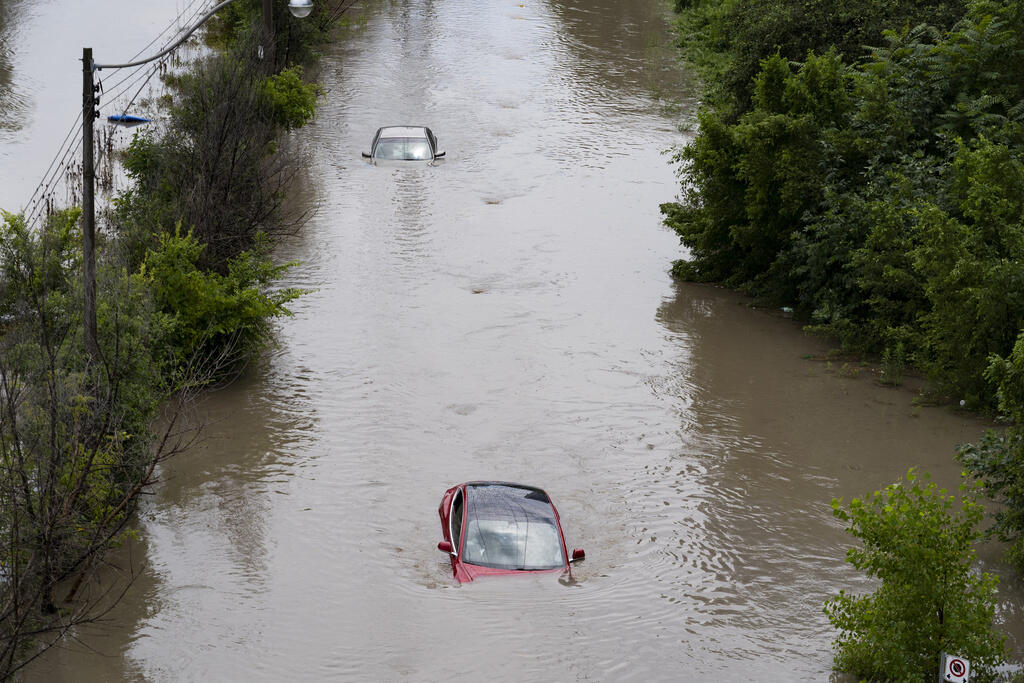Why Awareness and Preparation are Key
Flooding is one of the most destructive natural disasters, often taking lives and destroying homes, infrastructure, and entire communities. While it may seem like an unpredictable event, there are signs and risks associated with flooding that everyone should be aware of.
The Immediate Danger to Life
Flash floods can develop within just six hours of heavy rainfall. These floods can move quickly, sweeping away people, cars, and structures in their path. The power of floodwaters is often underestimated — just six inches of fast-moving water can knock an adult off their feet. Tragically, drowning is a leading cause of death during floods.
Property Damage
Homes and businesses in flood-prone areas can be completely inundated, leading to thousands, if not millions, of dollars in damage. Even minor floods can cause significant damage to furniture, electronics, and personal belongings, while major flooding can completely destroy entire buildings. The recovery process often takes months or even years.
Electrical Hazards
When floods damage electrical wiring or equipment, the risk of fires and electric shock increases. Water conducts electricity, and flooded homes or streets can present deadly risks if people come into contact with submerged power lines or outlets.
Health Risks
The health implications of flooding are numerous and often underestimated. Floodwaters are often contaminated with sewage, chemicals, and debris, which can lead to waterborne diseases and infections. Additionally, standing water provides an ideal breeding ground for mosquitoes, increasing the risk of diseases like West Nile virus and Zika.
Landslides and Erosion
Flooding doesn’t just affect the immediate area — it can also cause long-term erosion and landslides. These events can destabilize hillsides, roads, and buildings, making recovery more difficult. The erosion of soil can also lead to changes in the local landscape, displacing wildlife and affecting ecosystems.
How to Prepare for Flooding
While we can’t control when floods happen, there are steps we can take to reduce their impact:
- Know Your Risk: Check whether your home is in a flood-prone area. Many communities provide flood maps that can help you understand the risks.
- Create an Emergency Kit: Be ready with essentials like food, water, first aid supplies, a flashlight, and extra batteries. Make sure to include important documents in waterproof bags.
- Have an Evacuation Plan: Know multiple routes to safety, and establish meeting points with your family in case you get separated.
- Stay Informed: Monitor local news and weather alerts. Early warnings can give you precious time to evacuate or take safety measures.
Flooding is an unpredictable, dangerous event, but with the right preparation, we can minimize its impact. Stay informed, stay safe, and always be ready for the unexpected. #InsuranceReview #SevereWeatherPrep #BePrepared #StaySafe

